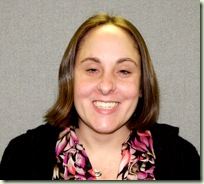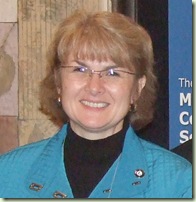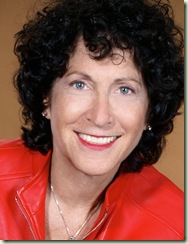By: Learn and Serve – Michigan Team
Global Youth Service Day is coming up this April (23, 24, & 25) and many people are looking for new ways to get young people involved in their communities. Many of Learn and Serve Michigan’s blog readers know how important youth are to our communities and benefits they receive and give when they are engaged in service. What you may not know is that people like Miley Cyrus, Taylor Swift, and Usher recognize youth potential as well and are part of great organizations that encourage and recognize young people to serve their communities.
There are a lot of opportunities out there for young people to get engaged in service and service-learning. There are organizations that give grants, prizes, and awards solely to teens who volunteer. Here are five great websites built to empower young people to serve their community:
DoSomething.org
DoSomething.org aims to inspire, empower, and support a generation of doers. Their website provides valuable tools and resources for teens who want to take positive action in their community. Perhaps the coolest feature of their site is the Act Now Matrix. Young people enter the issue they want to take action on, who they are working with, where they will take action, and the amount of time they have…the Act Now Matrix provides a list (usually 10-20 suggestions) of ways they can take action. DoSomething.org also offers a lot $500 grants for young people to take action. For instance, if a young person wanted to start a club or service program they could apply for a $500 start-up grant to get the ball rolling. There are dozens of these grants youth can apply for to get money to fuel their call to action.
Get Ur Good On
Get Ur Good On is an online community of young people engaged in service. Started by Youth Service America and Miley Cyrus, this community gives teens a place to post photos, videos, and blogs about their service as well as provide advice on ways young people can get involved. This is a great resource for youth to share and promote their projects and gain some national attention for the good work they do while interacting with other young do-gooders from across the country.
Powered By Service
Powered by Service was launched by recording artist Usher at the Clinton Global Initiative to get young people involved in the world’s most important issues. Not only does Powered by Service call youth to action, but it gives them the tools they need to make real change. They strive to make ideas into action by providing toolkits, grants, and other resources to youth who have the drive to make a difference.
Best Buy @15
This is a really cool site from Best Buy where teens get to decide where Best Buy spends its money. Teens earn points by participating in the site’s forums, polls, and discussions. Those points are then used to decide where Best Buy should give money. This past January, Best Buy decided how to split a $250,000 grant between four organizations by asking the teens to put their points toward the organization that should get the majority of the funds. Teens can also vote on which schools should receive grants, which students should get scholarships, and all sorts of giving challenges. If your teens need more incentive they can also get an exclusive look at Taylor Swift’s current tour at the site and capitalize on opportunities to visit important political conventions and events including sending teens to the inauguration of the President last year.
YouthSite
This month the National Service-Learning Clearinghouse announced the debut of YouthSITE a new section of www.servicelearning.org devoted to resources created for youth, by youth. YouthSITE stands for Youth Sharing Ideas and Tools for Engagement. It will be a platform for students of all ages to tell their service-learning stories and inspire each other. Young people can contribute to the site by emailing the National Service-Learning Clearinghouse at nslc-info@servicelearning.org.
Do you have a youth service resource? Post it in the comments section!



